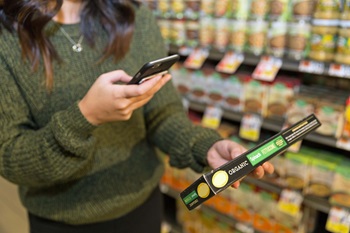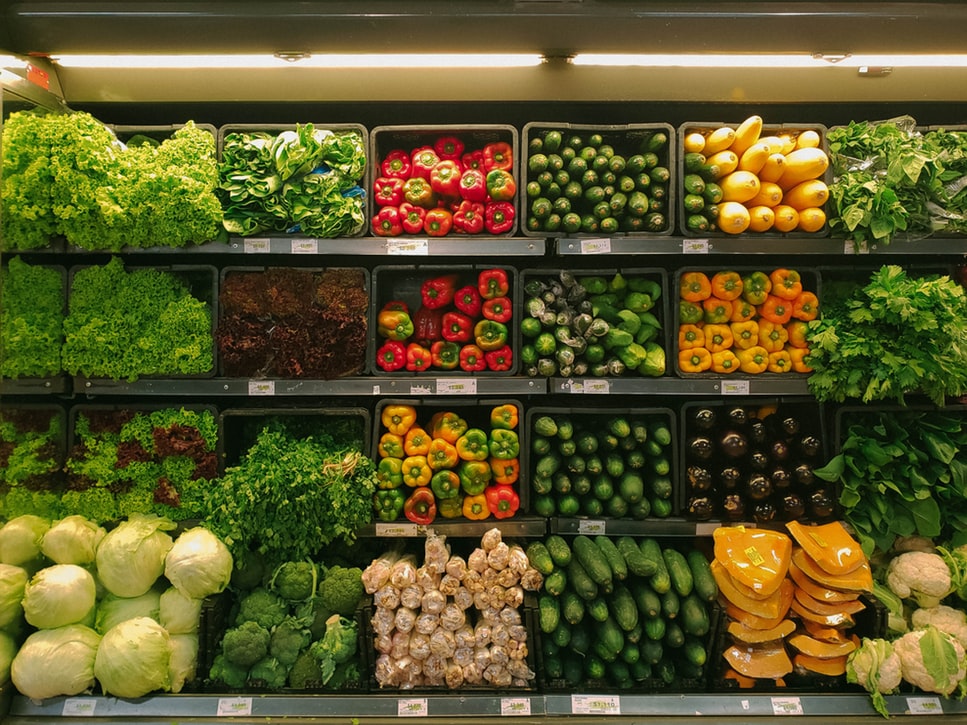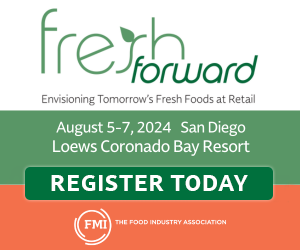By Mark Baum, Chief Collaboration Officer, Food Marketing Institute

The food retail industry has a long history of tracking, assessing and responding to the shopper. Exemplified in the 1990’s program known as “Efficient Consumer Response,” food retailers, wholesalers and manufacturers have long been working to streamline information-sharing opportunities and collaborative processes to enhance consumer satisfaction. But this ability to share product attributes, ingredients or even animal welfare concerns with grocery shoppers in accessible ways has recently been called into question by the very groups that advocate on behalf of consumer information. Their criticism might fall under the heading of “no good deed goes unpunished.”
The legislative achievements last week on GMO have been a win for the value chain in giving food makers and sellers the option to disclose information in a flexible manner, so it was disconcerting that the debate on GMO included accusations that the food industry was failing to communicate. Conversely, FMI and its coalition partners advocated for a federal system that would offer consistent information to consumers however they wanted to consume it.
Frankly, the GMO issue is a micro-argument of a larger debate around communications channels and how they are rapidly changing. At one point in time the fax machine was touted as the progressive means of sharing information, but is now a relic in the corner of an office mail room. Still it was a necessary stepping stone to even more efficient advances in communication. Information technology should be embraced, not restricted to a one-dimensional way of thinking. Wanting the flexibility to use the channels of communication that shoppers are using is not trying to technologically hide information, it is trying to make it more available.
This is why FMI and its trading partners developed an initiative aimed at offering more perspective and insights beyond the traditional verbiage on a package. The program SmartLabel™ is an opportunity for manufacturers and retailers to have a “conversation” with consumers as shoppers plan their list, investigate new products, and even in some instances, trace the commodity from its birthplace via a QR code, or “quick response” code, which connotes convenience. Just a couple of years ago, our organizations began to conceptualize SmartLabel to help anticipate consumers and other industry stakeholder’s needs for more and better information.
Communication is critical to the success of any relationship, so as we look to the future of information technology, the food industry will continue to open itself up to consumers in new ways and through various means. We are invested and committed to total transparency and a two way dialogue with consumers and other interested parties.

 Industry Topics address your specific area of expertise with resources, reports, events and more.
Industry Topics address your specific area of expertise with resources, reports, events and more.
 Our Research covers consumer behavior and retail operation benchmarks so you can make informed business decisions.
Our Research covers consumer behavior and retail operation benchmarks so you can make informed business decisions.
 Events and Education including online and in-person help you advance your food retail career.
Events and Education including online and in-person help you advance your food retail career.
 Food Safety training, resources and guidance that help you create a company food safety culture.
Food Safety training, resources and guidance that help you create a company food safety culture.
 Government Affairs work — federal and state — on the latest food industry policy, regulatory and legislative issues.
Government Affairs work — federal and state — on the latest food industry policy, regulatory and legislative issues.
 Get Involved. From industry awards to newsletters and committees, these resources help you take advantage of your membership.
Get Involved. From industry awards to newsletters and committees, these resources help you take advantage of your membership.
 Best practices, guidance documents, infographics, signage and more for the food industry on the COVID-19 pandemic.
Best practices, guidance documents, infographics, signage and more for the food industry on the COVID-19 pandemic.
